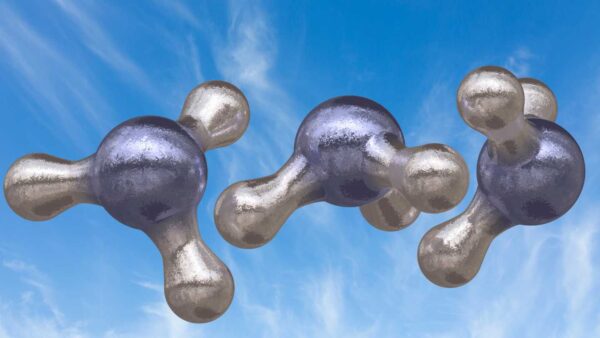In light of media reports that Japan has claimed that co-firing ammonia and hydrogen in thermal power plants has gained recognition from other countries in discussions at April 15-16’s G7 Climate, Energy, and Environment Ministerial Meeting held in Sapporo, a blog article published by Transition Zero has pointed out that Southeast Asian countries misunderstand the emissions reduction potential of co-firing ammonia with coal.
Transition Zero’s analysis illustrates how ammonia co-firing with coal in Asian countries is a massive waste of capital and could have a negative impact on climate change:
- Japan’s industrial heavyweights are peddling the false narrative that ammonia-coal co-firing is an effective emissions reductions strategy for Southeast Asian countries.
- A 20% ammonia co-firing coal plant would emit 94% more CO2 than the average unabated gas plant in Malaysia, 77% more in Thailand, 60% more in the Philippines, and 44% more in Indonesia.
- Co-firing ammonia could even be worse for the environment than burning unabated coal due to the very high embedded upstream emissions and energy losses from production of hydrogen and NH3.
- There is no ammonia-based pathway to a net zero-aligned power sector, even when using ‘green’ ammonia produced from renewables.
- Burning ammonia for power is a wasteful use of a precious resource that could have genuine emissions-reductions impact when used in other non-energy applications.
At the time of posting the blog article, Transition Zero was concerned that ammonia co-firing would become one of the issues discussed at the G7 Environment Ministers’ Meeting, but the communique adopted at the meeting only noted that “some countries are exploring the use of low-carbon and renewable hydrogen and its derivatives in the power sector”. The Japanese government is promoting the use of ammonia as a “clean fuel” or “decarbonized fuel that does not emit CO2 when burned”, and is trying to make it look like it is reducing emissions while extending the use of existing facilities by co-firing ammonia at coal-fired power plants that should be closed. Transition Zero also expresses concern about Japan, the chair of the G7 Leaders’ Summit this year, actively promoting the use of “hydrogen and its derivatives such as ammonia”.
Based on previous Transition Zero reports, the article presents concrete figures and charts on the CO2 emission reductions with ammonia co-firing, prices (including comparison with renewable energy prices in Southeast Asia), CO2 emissions and energy losses in ammonia production, and more.
The issues and problems with ammonia co-firing are obvious when looking at the cost and emissions during combustion alone – but when taking into account life cycle emissions related to its supply chain, even more issues are brought to light. Transition Zero concludes from their analysis that false solutions like ammonia co-firing should not be used to delay the necessary and inevitable coal exit, and that Japan should align its policy and actions with its climate change targets in a more economical way by investing in renewables instead of ammonia co-firing in the power sector in Southeast Asian countries.
More details and figures are available on Transition Zero’s web site:
Japan’s toxic narrative on ammonia (13 Apr, 2023) (Link)
Transition Zero’s previous report: Coal-de-sac: Advanced Coal in Japan
Report: The role of advanced coal technologies in decarbonising Japan’s electricity sector (Link)
Reference
G7 Climate, Energy and Environment Ministers’ Communiqué (Link)

